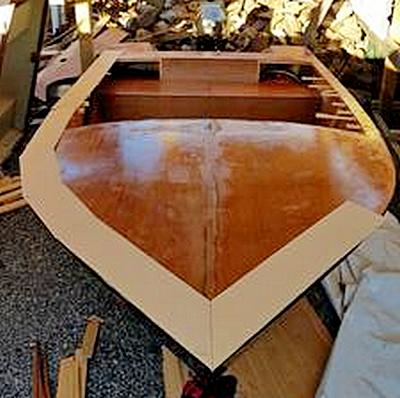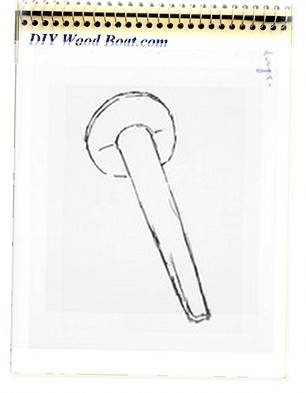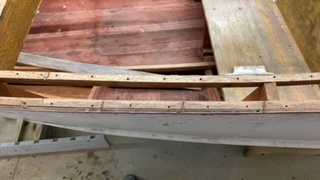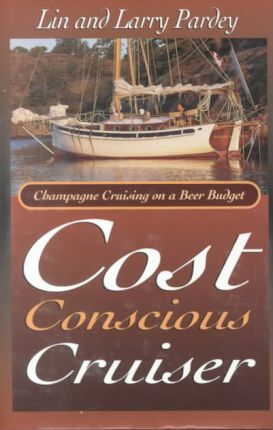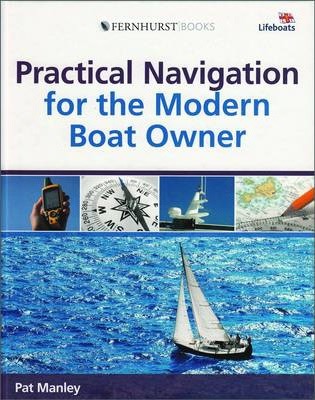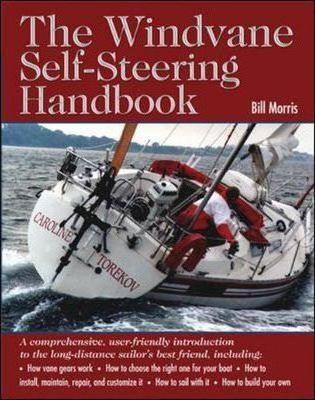- Home
- Boat Building
- Restoration
- Planking
- Bungs
- Bung Removal
- Frames
- Taking Up
Wooden Boats 'Taking Up'.
The Taking up process can make launch day a stressful time for us wooden boat owners.
- Will she take on much water?
- Will she float or sink?
- How soon will the leaks stop?
- Will they stop?
I've had my own stresful moments, been there and got the (wet) T shirt.
I was a nervous wreck by the time Mignonne hit the water.
Even though I knew, that because her planking was mahogany she would take some time to take up, it didn’t prevent me from becoming a gibbering wreck during the weeks it took for her to stop taking on water.
But be assured wooden boat owners, she will take up and your mental recovery will be miraculous.
The taking up process.

Freshly cut green wood contains a high percentage of water.
As the wood is dried the moisture is initially lost from within the cells of the wood.
It is when moisture begins to be lost from the cell walls that shrinkage begins to occur.
This water loss and shrinkage will continue until the moisture content of the wood is in balance with the humidity of its environment.
Because of the grain structure, boards will shrink and swell more across the width than along the grain.
How a board reacts to changes in moisture content will also alter across the growth rings.
It is this which caused ‘plain sawn’ boards have a tendency to bow when taking up.
It is also why ‘quarter saw’ boards are less likely to exhibit shrinkage and distortion and why they are preferable for boat building.
The rate and amount of taking up and shrinkage of a plank will depend on;
- How wet or dry the wood is to start with.
- The humidity of the environment.
- How well the wood is sealed with paint.
- The ambient temperature.
- The time it is out in the wind and sun.
- The cross section size of the piece.
- And the type of timber.
Slow growing timbers such as hardwoods are slow to dry but also slow to take up.
The faster growing softwoods will take up faster but with a corresponding rate of shrinkage when drying.
Large, bulky structures such as stems, stern posts and keels will take longer to dry than a thin plank and the shrinkage will be in proportion to thickness.
The moisture content of the planking and therefore any shrinkage can be controlled to an extent by;
- Maintaining her protective surface treatment (paint etc.) in good condition.
- And by maintaining a balance between wetting and drying.
Wooden boats are normally best either left in water all year round or pulled in and out on a daily basis.
And of course any old cotton and compound which has hardened needs replacing.
Some swell precautions.
Any wooden boat which has been out of the water for a long time will leak when put back in.
However, there are a number of precautions which will prevent her leaking like a sieve while taking up.
The first thing to do is to have a good clean up.
Make sure those bilges are clear of any bits or pieces which could get into the seams and prevent them closing, use a vacuum cleaner.
Don’t be tempted to ram extra caulking into any cracked seams.
Too little caulking may cause leaks but that is better than too much caulking, which could result in cracked frames and buckled planks.
'Taking up' the planking on a small boat after a season out if water is relatively straight forward
If she is on trailer just give her a hose down.
Allow just enough to cover bottom to settle inside ,to allow the garboards to swell.
Be careful of adding too much weight, you don’t want to overload the trailer or the boat.
Sinking her for a while will put less strain on structure, and you will have ‘fun’ trying to get her afloat again.
Just by placing a dinghy on wet grass for a few days will allow it to absorb quite a bit of moisture.
Of course you can just launch her and stand by with large pump at the ready to keep her afloat as she is taking up.
If you are lucky enough, as I was, to have a boat yard sympathetic to wooden boats they will allow her to remain in the slings for a while on launch day.
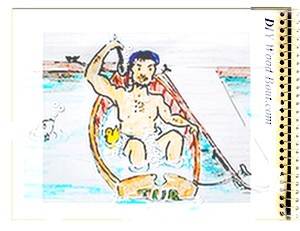
Filling any suspect seams with soft bar soap will slow the ingress.
As the seams close the soap will be squeezed out, dissolve and wash away during the taking up.
Lager boats with heavy planking might need a more through soaking before launch day.
Adding a lot of water could dangerously overload her.
One method of avoiding this is to line inside with wet sacking or rags.
You could use newspaper, it will hold quite a bit of water but it could end up as messy pulp, just like much of the journalism.
Another method is to hang a curtain of plastic (ugh) sheeting around outside of the hull to retain the moisture, then use a garden sprinkler or two, spraying under hull.
Lay some sheeting on the ground beneath to channel excess water away safely.
And make sure that the hull is well supported while she is taking up.
Or you could do as the Jumblies did and wrap your feet in “pinky paper” or sit in a “crockery-jar” while she is taking up.
Well that about takes care of the hull on launch day.
However, for nervous owner there are numerous sedatives both legal and illegal in the market.
affiliate linksThe Jumblies by Edward Lear
"They went to sea in a Sieve, they did,
In a Sieve they went to sea:
In spite of all their friends could say,
On a winter's morn, on a stormy day,
In a Sieve they went to sea!
And when the Sieve turned round and round,
And every one cried, `You'll all be drowned!'
They called aloud, `Our Sieve ain't big,
But we don't care a button! we don't care a fig!
In a Sieve we'll go to sea!'
Far and few, far and few,
Are the lands where the Jumblies live;
Their heads are green, and their hands are blue,
And they went to sea in a Sieve.
They sailed away in a Sieve, they did,
In a Sieve they sailed so fast,
With only a beautiful pea-green veil
Tied with a riband by way of a sail,
To a small tobacco-pipe mast;
And every one said, who saw them go,
`O won't they be soon upset, you know!
For the sky is dark, and the voyage is long,
And happen what may, it's extremely wrong
In a Sieve to sail so fast!'
Far and few, far and few,
Are the lands where the Jumblies live;
Their heads are green, and their hands are blue,
And they went to sea in a Sieve.
The water it soon came in, it did,
The water it soon came in;
So to keep them dry, they wrapped their feet
In a pinky paper all folded neat,
And they fastened it down with a pin.
And they passed the night in a crockery-jar,
And each of them said, `How wise we are!
Though the sky be dark, and the voyage be long,
Yet we never can think we were rash or wrong,
While round in our Sieve we spin!'
Far and few, far and few,
Are the lands where the Jumblies live;
Their heads are green, and their hands are blue,
And they went to sea in a Sieve.
And all night long they sailed away;
And when the sun went down,
They whistled and warbled a moony song
To the echoing sound of a coppery gong,
In the shade of the mountains brown.
`O Timballo! How happy we are,
When we live in a Sieve and a crockery-jar,
And all night long in the moonlight pale,
We sail away with a pea-green sail,
In the shade of the mountains brown!'
Far and few, far and few,
Are the lands where the Jumblies live;
Their heads are green, and their hands are blue,
And they went to sea in a Sieve.
They sailed to the Western Sea, they did,
To a land all covered with trees,
And they bought an Owl, and a useful Cart,
And a pound of Rice, and a Cranberry Tart,
And a hive of silvery Bees.
And they bought a Pig, and some green Jack-daws,
And a lovely Monkey with lollipop paws,
And forty bottles of Ring-Bo-Ree,
And no end of Stilton Cheese.
Far and few, far and few,
Are the lands where the Jumblies live;
Their heads are green, and their hands are blue,
And they went to sea in a Sieve.
And in twenty years they all came back,
In twenty years or more,
And every one said, `How tall they've grown!
For they've been to the Lakes, and the Torrible Zone,
And the hills of the Chankly Bore!'
And they drank their health, and gave them a feast
Of dumplings made of beautiful yeast;
And every one said, `If we only live,
We too will go to sea in a Sieve,
To the hills of the Chankly Bore!'
Far and few, far and few,
Are the lands where the Jumblies live;
Their heads are green, and their hands are blue,
And they went to sea in a Sieve."
And they didn't give a fig about taking up!
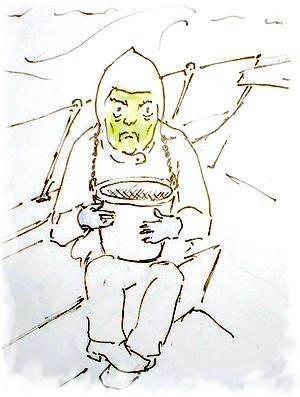
NATIVE ASYNC
Previous posts
See What Others Have Posted
Swelling Wood Prior to Launching
New wood boat owner here.
I am restoring a 1960 Shoup Princess.
I don't have a boat slip available so I would like to remove the boat from the …
Taking the Boat out of the Water
My insurance company say that the wooden folkboat, that I'm about to buy should be taken out of the water from the beginning of November to the end of …
Re-sealing bottom seams
I have an old century boat, has not been in water for 20 years, the bottom wood seems good, have poked around.
Ran the hose inside, it leaks terribly. …


